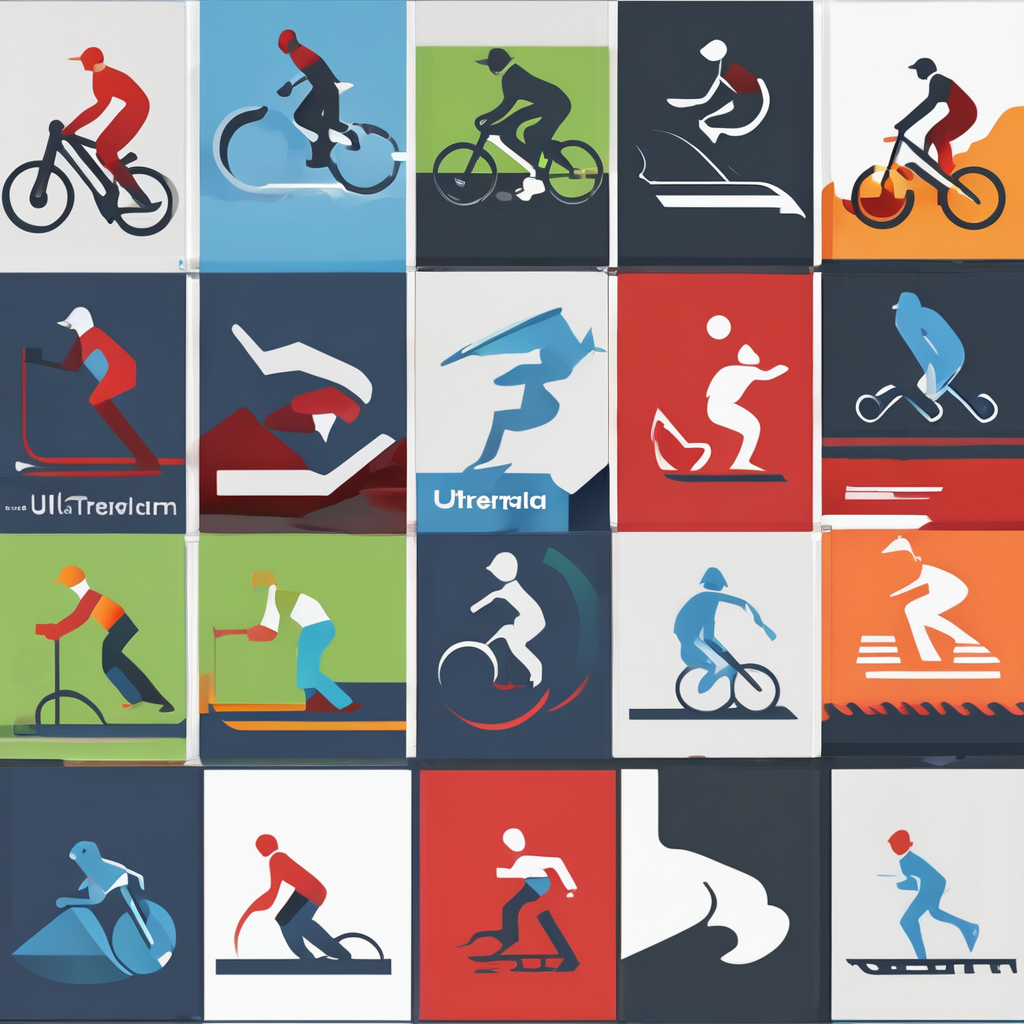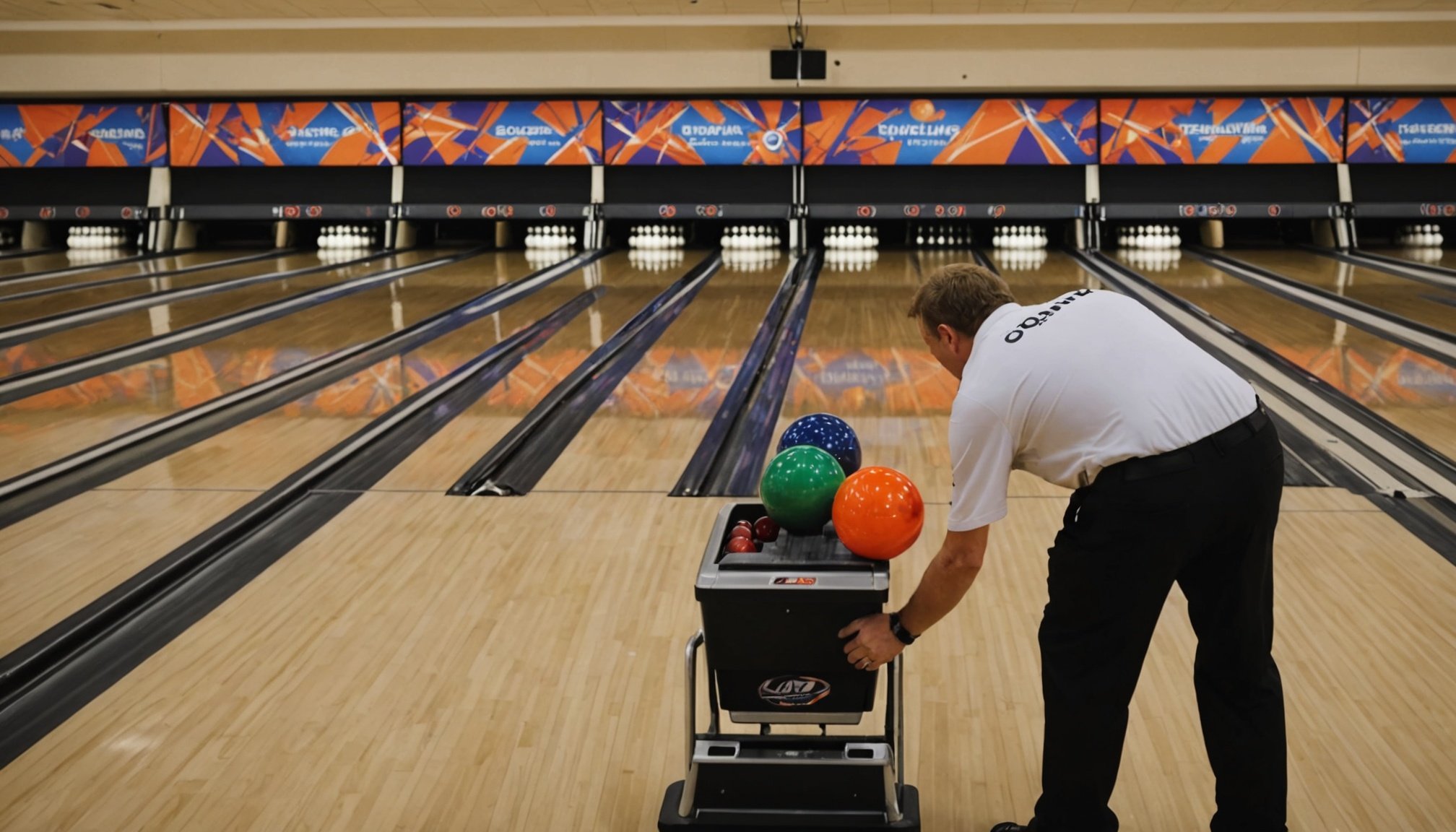Understanding Lane Conditions
Understanding lane conditions is crucial for any bowler aiming to maximise performance. Lane conditions, primarily dictated by the type and distribution of oil applied, significantly affect how a bowling ball behaves. Typically, oil patterns vary, influencing how much a ball hooks and its overall path down the lane. There are multiple oil patterns, ranging from simpler house patterns to complex sport patterns, each requiring distinct bowling strategies.
Common Oil Patterns
Oil patterns are typically categorised into three primary types: short, medium, and long. Short oil patterns tend to allow more hook potential due to less oil, making the ball connect with the lane earlier. Conversely, long oil patterns require more precise bowling strategies as the ball will skid further. Medium patterns provide a balanced challenge, offering both skid and hook phases.
Also to discover : Explore top-rated gel fire guns for thrilling adventures!
Importance of Lane Assessment
Before gameplay, assessing lane conditions is paramount. Experienced bowlers observe ball reactions and adjust their strategies on the fly. Understanding oil patterns and lane conditions allows bowlers to decide on optimal ball choices and adjustments in technique.
By grasping the nuances of lane conditions and mastering requisite adjustments, bowlers can significantly improve their consistency and performance in varied environments. This ability to adapt enables maintaining efficiency on any lane surface, fostering a comprehensive understanding of the sport.
Have you seen this : Uncover the exciting world of gel fire guns: top picks!
Key Bowling Techniques for Varied Lane Conditions
Adapting to ever-changing lane conditions is key for any successful bowler. A fundamental aspect of this adaptation involves refining bowling techniques to better suit the current environment.
Adjusting Your Grip
The grip significantly influences ball control. Adjusting grip pressure is crucial when dealing with different oil patterns. For dry lanes, where friction is higher, a looser grip can promote a more relaxed swing, aiding control. Conversely, a firmer grip can be beneficial on heavily oiled lanes to enhance stability. Various grip styles—such as the conventional grip or fingertip grip—can be experimented with to achieve the desired effect on the ball. Consistency remains important; thus, bowlers should practice to ensure smooth transitioning between grips without disrupting their overall rhythm.
Modifying Your Release
The release technique is all about timing and angle, both of which affect ball motion. On oily lanes, releasing the ball from a lower angle can help it drive through the oil more effectively, while high-friction lanes may demand a higher release to generate more hook. Drills focusing on release can improve adaptability, endorsing stability across diverse conditions. Watching seasoned bowlers can provide insights into successful release adjustments, offering a practical framework for refining one’s approach.
Mental Strategies for Adapting to Lane Changes
Navigating through different lane conditions requires more than just physical skill; it demands strong mental preparation. An adaptable and focused mind helps bowlers stay consistent, regardless of the oil patterns.
The Role of Focus Techniques
Maintaining concentration during gameplay is essential. Techniques like visualisation and deep breathing can anchor a bowler, enabling them to manage stress and remain collected in challenging situations. By mentally rehearsing successful throws, bowlers reinforce bowling strategies that work under varying conditions.
Developing a Pre-shot Routine
Creating a consistent pre-shot routine enhances focus and reliability. A routine might include checking lane conditions, aligning with the target, and executing a practised grip and release. This preparation primes a bowler’s mental state, making transitions smoother as lane conditions evolve.
The Importance of Performance Psychology
Understanding the psychological aspects of bowling can lead to significant performance gains. Performance psychology teaches bowlers to manage emotions, boosting confidence and decision-making. As bowlers encounter diverse lanes, employing these mental techniques can significantly improve their game.
By weaving these mental strategies into their practice, bowlers can develop resilience and adaptability, becoming adept at conquering any lane challenge.
Case Studies from Professional Bowlers
Exploring insights from professional bowlers offers a wealth of knowledge for players seeking to enhance their performance. Professional insights expose the intricate adjustments made by seasoned athletes, demonstrating how even minor tweaks can dramatically impact game outcomes.
Highlighting Specific Players and Their Techniques
Renowned bowlers excel by refining their player adaptations to varied lane conditions. For instance, analyzing Pete Weber’s approach reveals his strategic performance analysis in altering ball speed and angle, showcasing flexibility. Similar strategies are evident in Jason Belmonte’s technique, where his release speed is meticulously adjusted based on evolving oil patterns. These adaptations provide valuable lessons, underscoring the significance of tailored strategies for amateur bowlers seeking improvement.
Video Demonstrations of Adjustments
Visual resources offer a direct glimpse into the adaptive techniques of successful bowlers. Instructional videos, often featuring professionals, serve as invaluable performance analysis tools. Videos revealing player-specific adaptations highlight real-time adjustments, such as modifying grip styles or release techniques. Bowlers can integrate these learnings by practicing these observed techniques, allowing them to effectively mimic professionals’ strategies. Regularly engaging with these resources ensures continuous learning and strategic evolution in bowling.
Footwork Alterations
Understanding the nuances of footwork is essential for adapting to different lane conditions. It plays a crucial role in forming an adaptable bowling technique.
Adjusting Approach Speed and Foot Placement
Altering your approach speed and foot placement can significantly affect your connectivity with the lane conditions. Faster or slower movements may be necessary depending on the lane’s oil patterns. For instance, a quickened approach might benefit lanes with extensive oil coverage, enhancing slide and control. Conversely, slower strides lend more hook potential on drier surfaces by increasing traction.
Developing a Versatile Footwork Routine
Creating a versatile footwork routine is key. Practicing various speeds and placements enables swift adaptability. Incorporating these exercises into regular practice strengthens reflexive adjustments to dynamic lane conditions, improving overall performance.
Examples of Professional Bowlers’ Footwork Adaptations
Many experienced bowlers, like Norm Duke, renowned for their adaptability, teach us the importance of footwork customization. Their success in diverse environments stems from meticulously adapting their approach to suit the oil patterns encountered. Observing and emulating such strategies can enhance one’s own game, underpinning a robust, adaptable approach. By integrating these insights, amateur bowlers can elevate their grasp of footwork, promoting skillful navigation through various lane challenges.











